Marijuana Business Daily reports retail and dispensary sales to be around $6.5–8 billion in 2019. Thus, if you’re interested in owning a dispensary, you should know the necessary steps to opening a dispensary. However, if you have no experience, you’ll soon realize that there are many things to solve: conducting market research, registering licenses, hiring employees, publishing, store placement, and marketing. And the biggest challenge of a new cannabis dispensary is compliance. So, we’ll provide a step-by-step guide on how to open a dispensary for newcomers. Let’s get started!
Step 1: Business plan

With an industry as saturated as the medical marijuana industry, you must prepare a solid business plan.
Market research
Dispensary is a hot topic, even for non-smokers. Legalizing recreational and medical marijuana in several states has opened up a rising retail industry. BDS Analytics and Arcview Market Research show that cannabis sales reach $3.8 billion in 2020. They expect the market to surpass $6 billion by 2025. Also, there are around 700 licenses for the medical dispensary, more than 130 of which are in Los Angeles. So, get to know your market and define your customers’ demographics and psychographics. It can help you to determine your pricing model and how to open a marijuana store that suits their needs.
Budget draft

Another essential part of your business plan is a concise and transparent budget. You should consider all elements in the opening and operating costs, including:
- Licensing application fee
- Cost of license
- Rent cost
- The cost of acquiring the product (consult the wholesalers in your area for the cost of the product)
- Transportation and storage of products
- Employee salary
- Security
Capital assessment

Any good business plan on how to open a marijuana store will go with a suitable capital approach. However, this is one of the most challenging parts of the cannabis industry, as you need a lot of money to ensure regulatory compliance and stay ahead of the competition. Unfortunately, many investors won’t talk to you until you’ve got the hang of it. For that, you should focus on angel investors, friends, and family first.
Step 2: Understand laws and legal application
How to find marijuana laws

Legislatures may use different spellings to describe marijuana. For example, instead of “cannabis”, you may find laws and regulations that use the term “marijuana.” This spelling comes from the federal Controlled Substances Act and the Marihuana Tax Act of 1937. Moreover, a dispensary is called a provisioning center. These are ancient spellings but can’t be changed.
In addition, some states may not legalize marijuana yet. Therefore, before opening a weed dispensary, you need to research your area’s applicable laws and regulations. For example, if your county or city doesn’t approve anything, opening a dispensary is not legal. In addition, you need to understand the current laws surrounding the growing and sale of cannabis, the proposed laws, and the changes that will come into effect in the coming years.
Sources of applicable law
We recommend reading to know how to open a marijuana dispensaries legally:
- Cole Memorandum
- National Conference of State Legislatures
- Medical Marihuana Facilities Licensing Act (if you’re in Michigan)
- Proposition 215 and Proposition 420 (if you’re in California)
Tax regulations for a marijuana dispensary

You should refer to Tax Code 280E to better understand how to deduct taxes from sales and profits. At the state level, medical marijuana has no sales tax. However, recreational marijuana is taxed at a net effective rate of 35–45%, which includes:
- Retail tax: 15%
- Cultivation tax: $2.75 per ounce dry weight and $9.25 per ounce dry weight for cannabis flowers
Step 3: Business registration
Choose the type of business

You should visit the Secretary of State’s website to read a helpful guide on how to open a medical marijuana dispensary and register your business in the state. Also, you should look for people with cannabis experience to make it easier for you to start your business. Regarding the type of business, you can choose to register one of the following:
- Sole Proprietorship
- Limited Liability Company
- Limited Partnership
- General Partnership
- Limited Liability Partnership
- Corporation
Apply for business registration
Your city may require additional documentation to compare you with other applicants. Therefore, you should emphasize your experience, industry knowledge, preparedness, funding, and social awareness in your business plan. It could help you get a $30 million state cannabis industry funding offer like in California.
Step 4: Get licenses

If you have less than 10 employees, you can apply for a vertically integrated microbusiness license and don’t have to apply for any license. Otherwise, you’ll need a separate license to carry out any growing, manufacturing, distribution, or testing activities.
Medical and retail marijuana license application process
Everyone involved in the cannabis industry business will be background-checked and licensed. After filling out all the documents and submitting them for review, that’s just the first step on how to get a weed dispensary license.
Next, you’ll enter the license eligibility stage. In this step, you’ll provide more specific information for the specific marijuana sales licenses you’re looking for, including the two main categories: a recreational marijuana dispensary and a medical marijuana dispensary. Those licenses cover work such as:
- Growers
- Provisioning
- Transport
- Processors
- Lab testing
- Dispensaries
- Medical marijuana facilities
- Event organizers
Registration and license fees
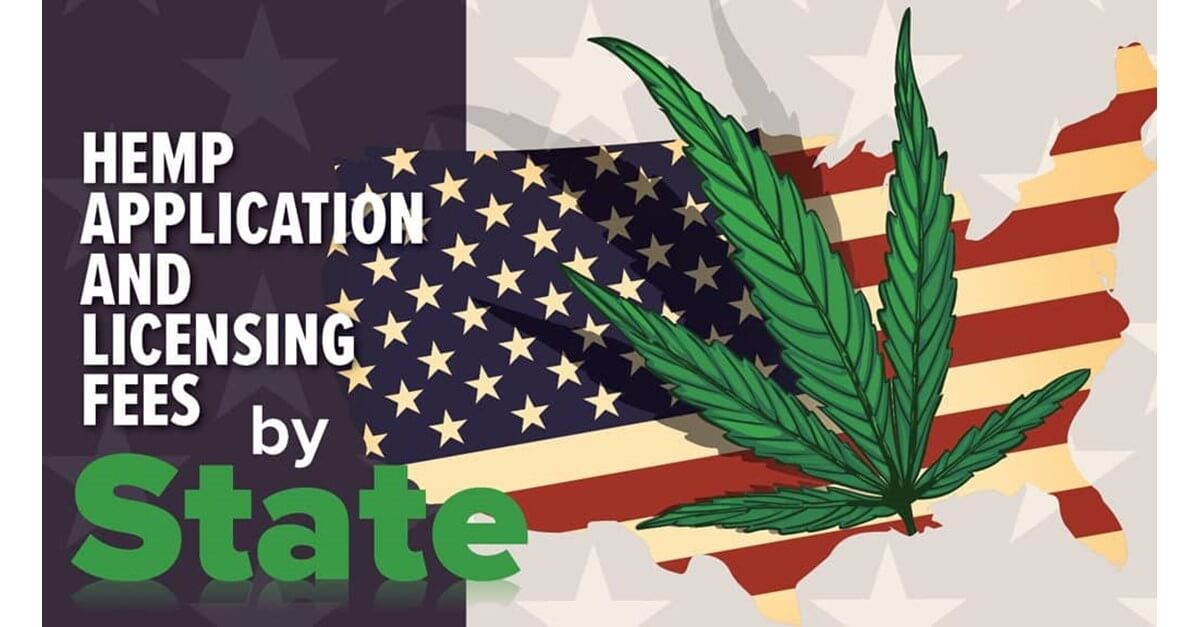
This license is more difficult to obtain than state permits, especially in competitive areas such as San Francisco, Orange County, and Los Angeles. Here’s a general idea of some of the additional costs you may incur as legal fees for owning a marijuana dispensary:
- Initial license fee: $1,000 (non-refundable)
- Approval fee: $5,000–$30,000 (scale based on scope and size)
- Licenses and reviews: $0–$30,000 (scale based on scope and size)
- Annual fee: $4,000–$72,000 (scale based on revenue)
Requirements of the dispensary owner
An important thing about how to own a dispensary is that you must meet the following criteria:
- Be 21 years old and above
- No felony convictions within 10 years
- Not guilty of a misdemeanor related to a controlled substance within 5 years
Fill out the license application
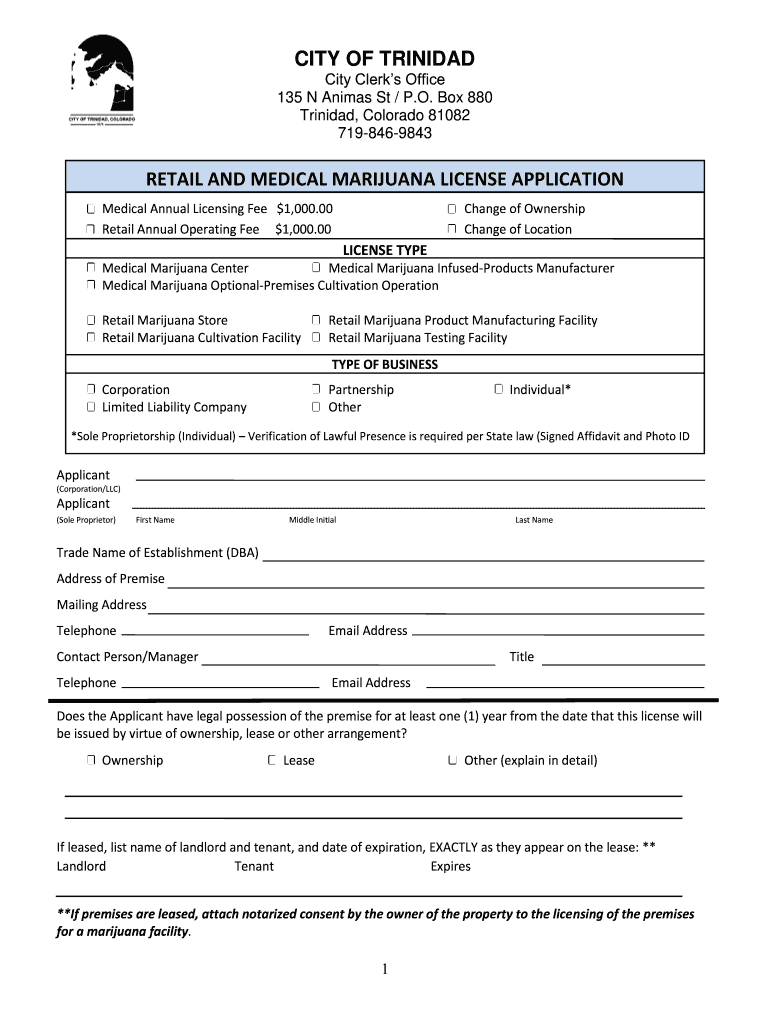
Follow the instructions carefully and focus on the most critical points in your city’s scoring system (if they are). It’s usually funding, prior experience, status as a veteran or woman, local recruitment plans, and connections to the community.
Step 5: Store layout models
4 most popular dispensary layout models

Now that the product is ready to hit the shelves and sell, it’s time to choose the suitable layout for your cannabis store. The layout is the actual design of the store and the customer experience when they shop. The intent is that customers see and reach them, especially flowers. From there, customers will rate and explore your products and services to make the best choice. So your first challenge is to balance your safe stock with a beautiful visual merchandising layout, which includes the following 4 popular dispensary layouts:
Bank model
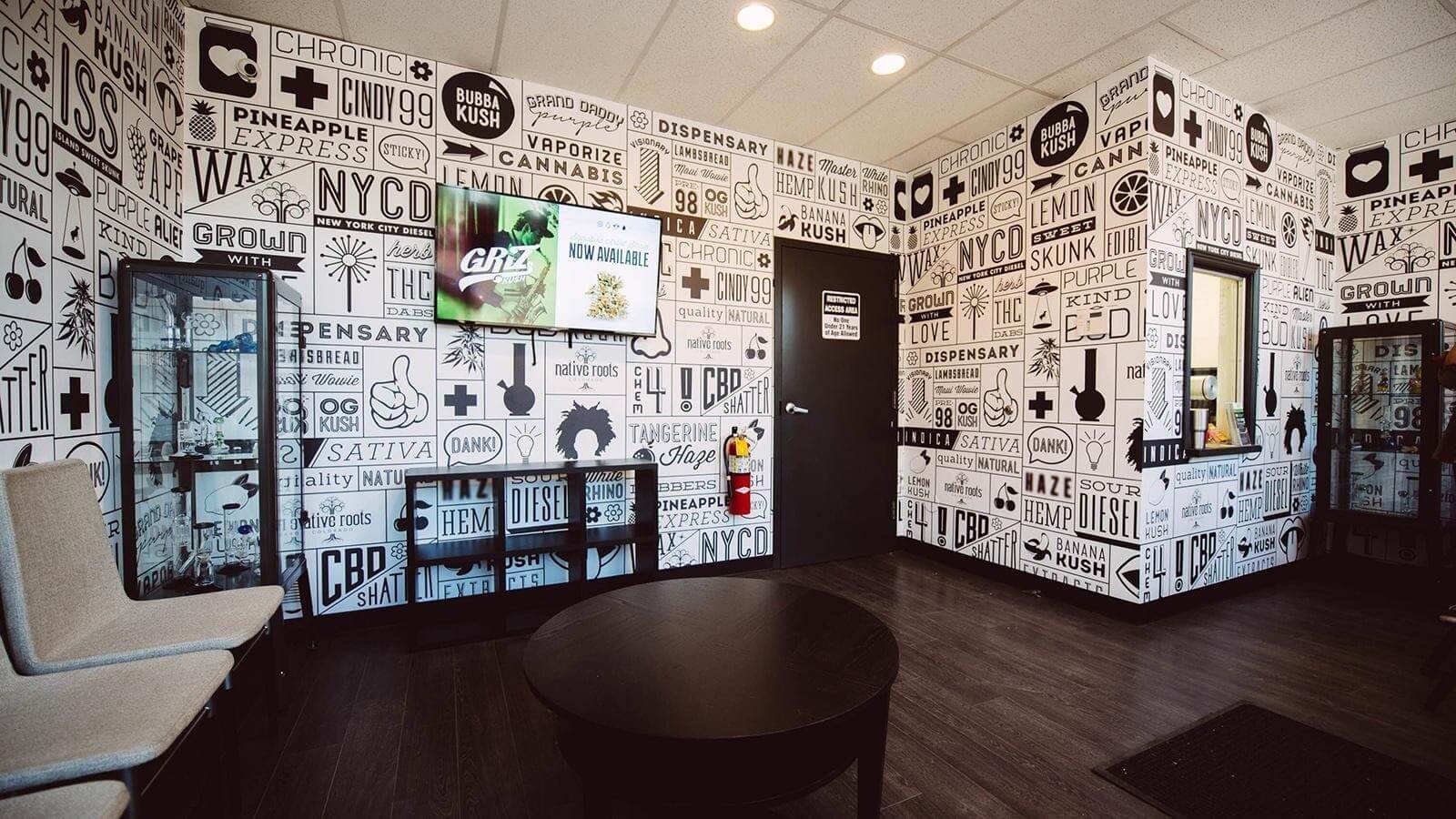
Bank model is the most traditional layout for cannabis dispensaries. Customers check-in, wait in the waiting room, enter the secure room, then work with the wait staff to complete the purchase.
Pharmacy model

The pharmacy model is similar to the bank model in that the customer enters the waiting room, passes through the secure entrance, and works with the station attendant. However, after the transaction, the employee gives the customer a receipt and label to go to the inventory control room instead of giving customers the product right away.
Mobile model

The customer enters the store in the mobile model, checks in, and then walks around in the mobile model layout. They can view products in safety glass cabinets or display them along the walls and the entire space. Sales reps or caseworkers often carry a mobile POS tablet to record orders before the customer travels to the terminal to fulfill the order. Finally, the salesperson takes the product directly from the safety boxes, puts it in a basket, and takes it to the terminal to prepare the order.
Kiosk model
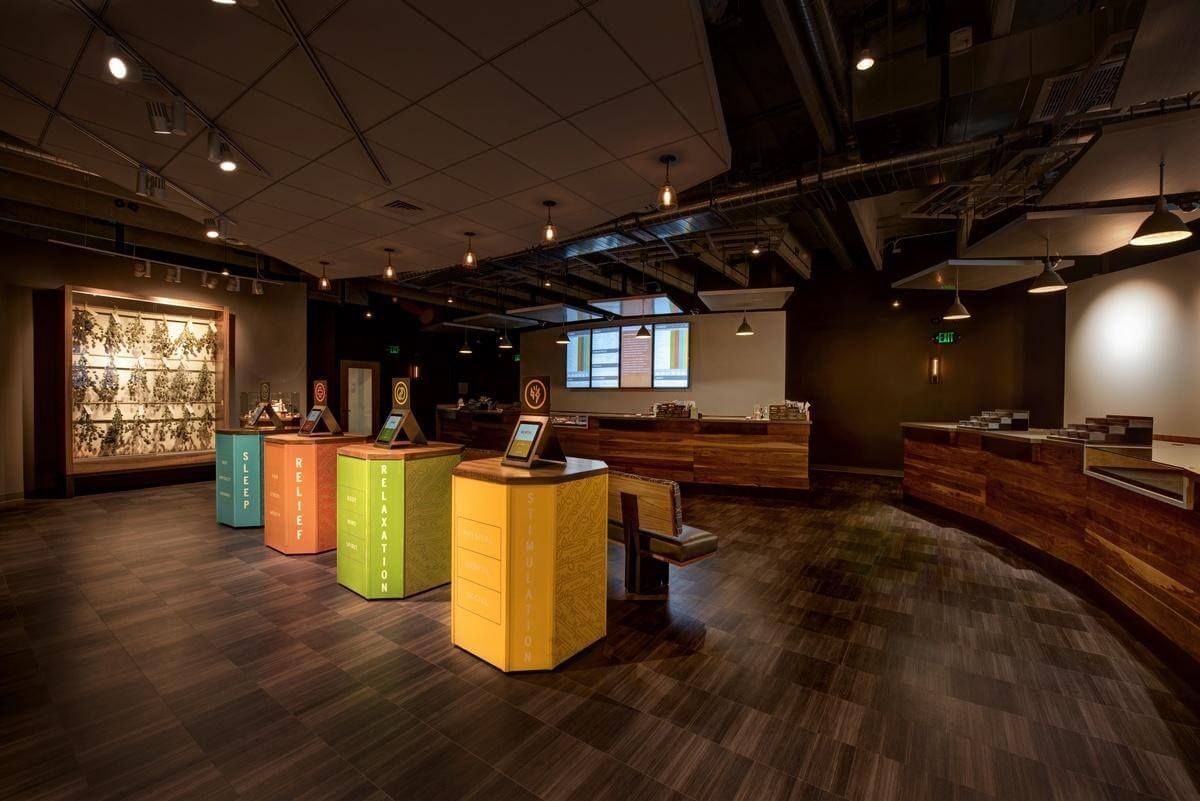
In the kiosk model, customers need to register first. And instead of walking to the store, customers go to the kiosk and enter their order. The order is then sent to the nearest retail store where your staff can fulfill the order.
Planogram design

As you compare the 4 above layout models, consider how compatible each option is with your inventory. For example, if all your flowers are weighted instead of pre-split and are in bulk, do you have enough space, or will you end up stuck? Do you have enough space for all of them in your store design? You can utilize a planogram (Read “What is a planogram?“) to organize your cannabis products. Indeed, the planogram helps you decide on the design and function of your dispensary. Also, during the licensing process, some states require you to submit a few documents, including a detailed diagram of your store.
Dispensary parking lot
Finally, remember, not everyone is in favor of marijuana. Therefore, increased vehicle and pedestrian traffic can lead to complaints. So if you have a safe and accessible place to park your car, it’s a better experience for your customers.
Step 6: Rental property
Land funds for retail cannabis are limited to the city area. Therefore, this number will increase your costs even more. Additionally, you’ll need to submit an environmental impact analysis if you do chemical processing or farming at your location.
Find a suitable property
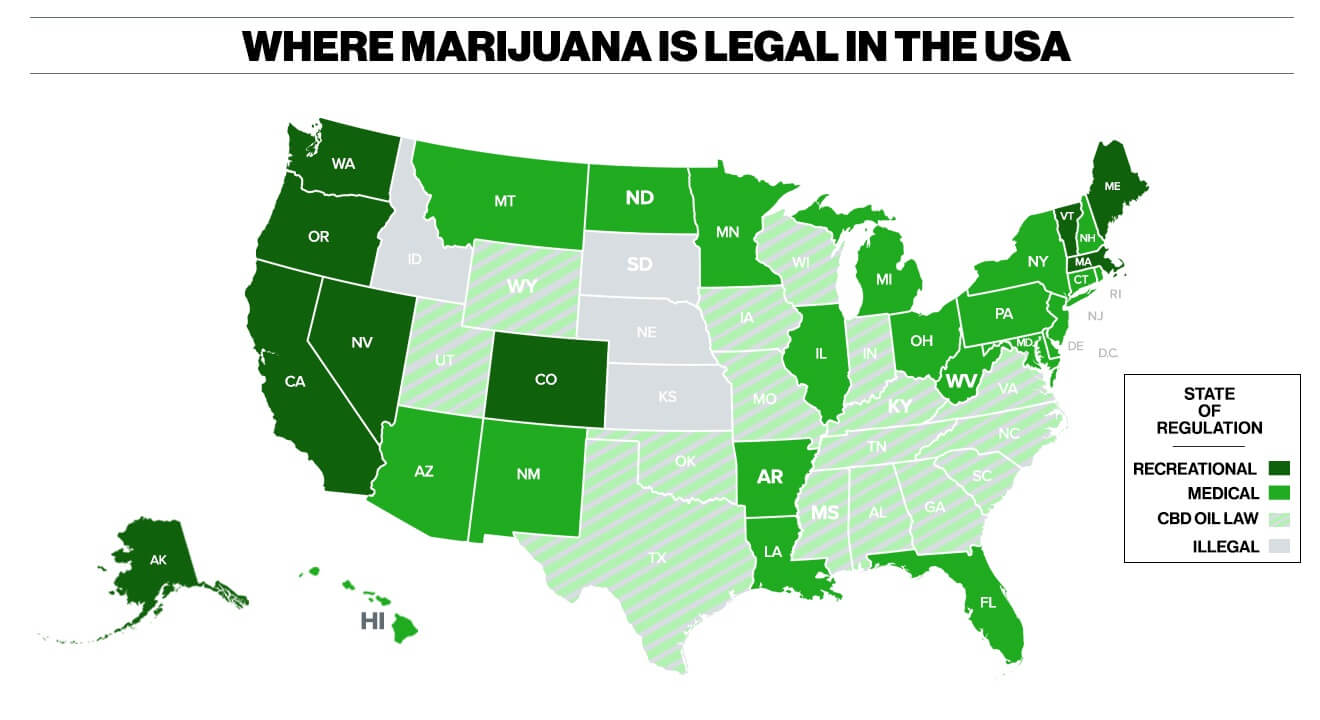
It’s important to remember that a compliant property now may not be in two years due to the ever-changing environment of the cannabis industry. Therefore, ensure that when you approach a rental property now, the property needs to comply with new laws that can affect in 2022 and 2023. For example, the property must be more than 1000 feet away from churches, schools, and residential areas. So, in addition to considering if the location is convenient for your potential customers, you should check out an online map that shows all the compliance attributes for each state and county.
Be honest with your landlord (if you rent)

Even if you find a suitable location, you must be honest with the landlord about your plans of how to start a dispensary there. Homeowners are sometimes under pressure from law enforcement. Thus, you should know how to negotiate a commercial lease and persuade them to reach win-win situations. In the end, it’s better to tell the truth from the start than to be kicked out and closed when discovered.
Get permission from the city
Once you’ve found a suitable building or lot, you’ll need to get a city permit to build and run your business. For example, Michigan has a unique initiative to help communities formerly impacted by marijuana bans and crime enforcement. In addition, the Cannabis Regulatory Authority (MRA) started its Social Justice Program in 2019 to encourage adults to use cannabis from local dispensaries. Signing up for any of these program locations will receive a discount on your distribution license and renewal fees.
Step 7: Inventories
You can consider integrating technology into your cannabis store operation process, including:
Product supplies
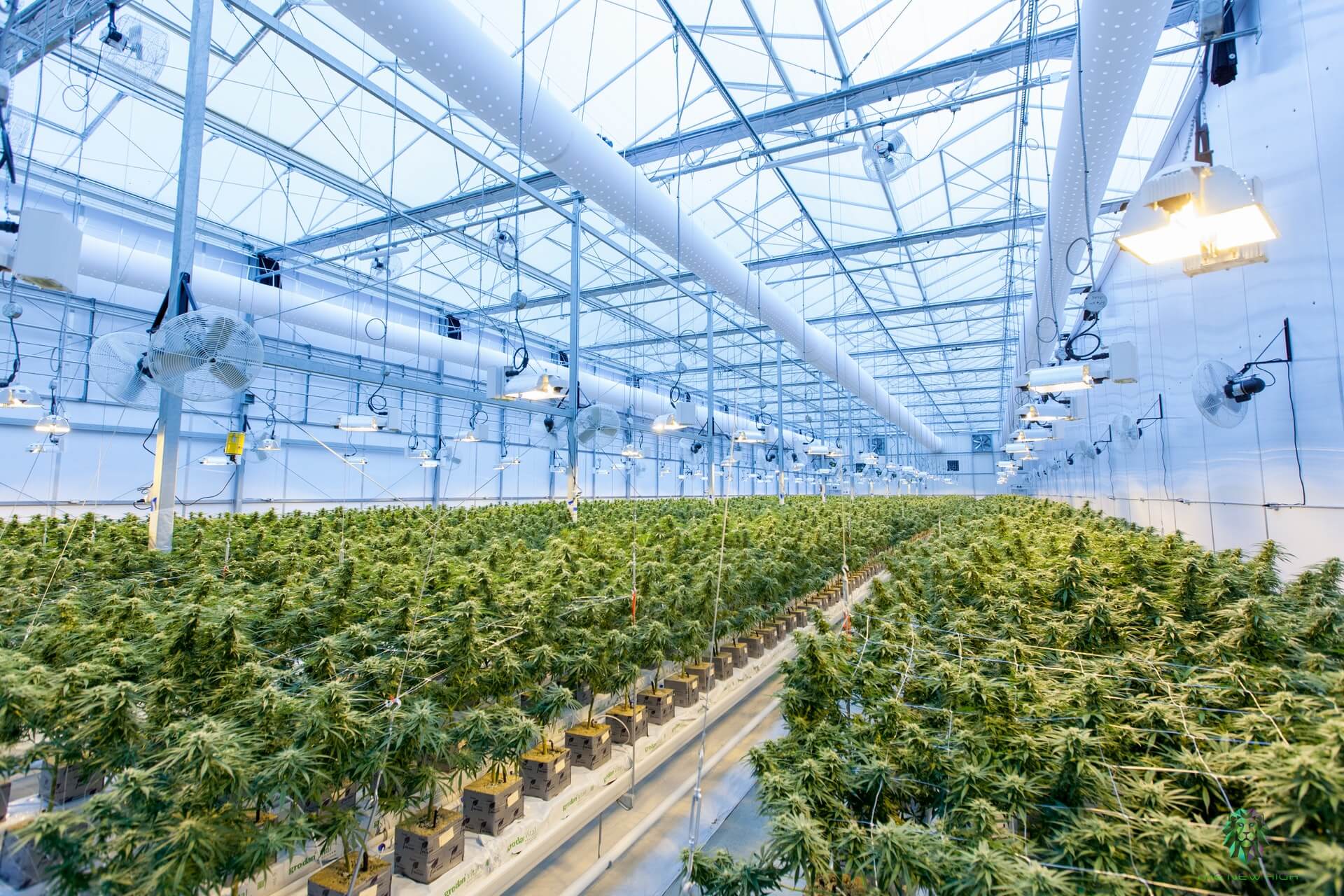
Before bringing your cannabis inventory into the store, you must receive and make an inventory. This manifest is usually generated by the supplier, with the requirements being the same whether the supplier is another company or yourself. Then, you need to review the manifest. If everything is correct, you’ll accept it.
Next, you physically check the package when it arrives to ensure it’s the same as ordered. Finally, you declare in the seed-to-sale software to verify that you legally own this inventory. It includes the details of the product:
- Harvest
- Unit of measure
- Weight
- Cost
Seed-to-sale systems
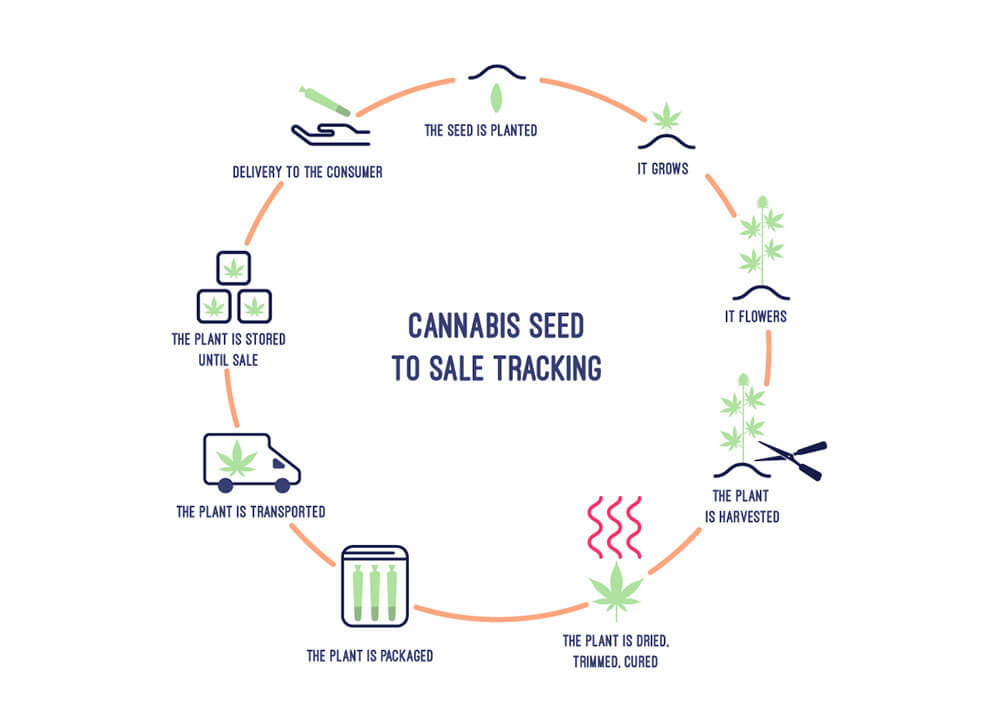
There are already some states that allow no need to track cannabis inventories through systema. However, some states in the U.S. still require sellers to use seed-to-sale software to grow and sell marijuana legally. The three most popular providers are M.J. Freeway, BioTrackTHC, and Metrc.
M.J. Freeway
M.J. Freeway is a leaf data system to track and report marijuana. It’s required in Washington and Pennsylvania.
BioTrackTHC
The BioTrackTHC system is a hemp and cannabis traceability and report system. It’s widely used in Arkansas, Hawaii, Delaware, Illinois, New Hampshire, North Dakota, New York, and New Mexico.
Metrc
Metrc stands for Marijuana Enforcement Tracking Reporting Compliance. It’s a standard and legal provider of seed tracking software for sale. States requiring Metrc include Alaska, Colorado, California, Louisiana, Massachusetts, Maryland, Michigan, Montana, Missouri, Nevada, Oregon, Ohio, and Washington D.C.
POS systems

As you enter this section of how to open a dispensary guide, be honest with yourself: How tech-savvy are you and your staff? Otherwise, find a solution that’s easy to use and fits your business needs. With seed-to-sale tracking requirements, you must ensure that your registered account is correct, update status daily, and make reports. When your employees sell products, your inventory reduces accordingly. From there, your POS inventory, your physical store inventory, and your online inventory will match. It also helps you track discrepancies, identify, and resolve them. You can do these right from the interface of a POS system for vape and cannabis businesses. It can sync the following data and information from seed-to-sale systems through the API:
- Type of customer or patient for a medical marijuana card
- Patient ID
- Meter package of the transaction
- Trading date and time
- Price
- Measure
- Unit sold
Other appliances
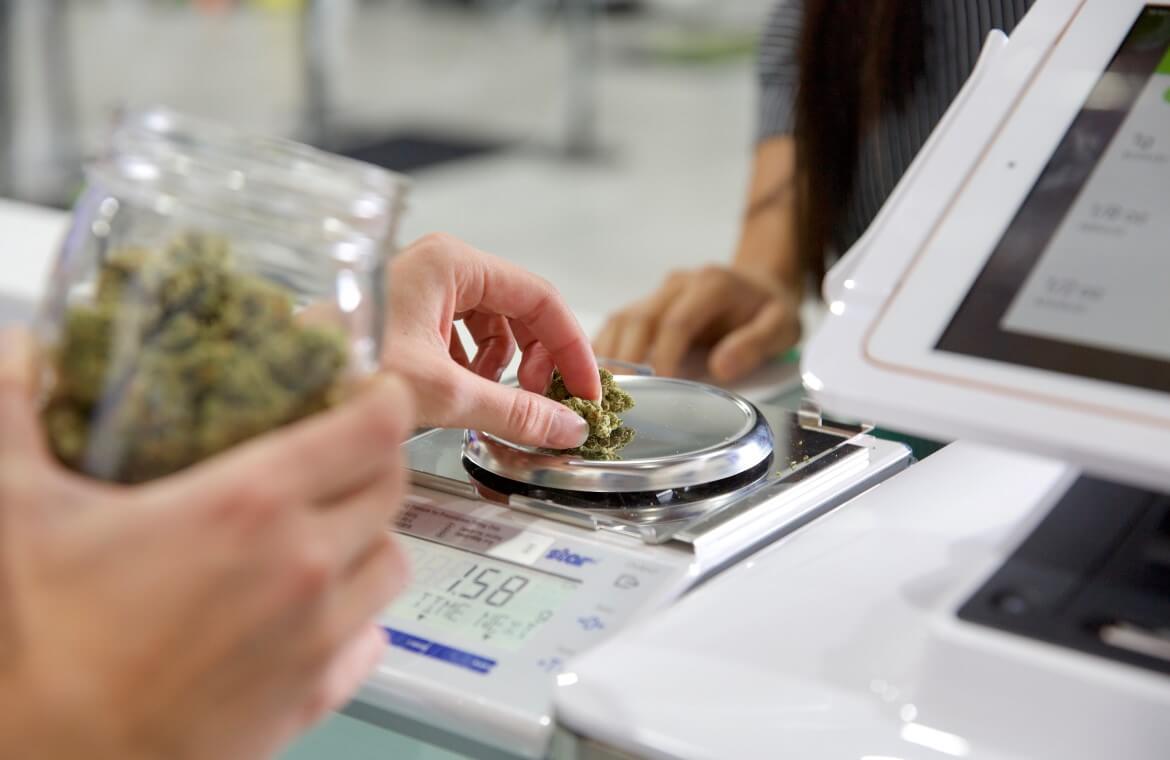
Printers
For a dispensary retail establishment, printing product labels as customer order receipts are crucial with compliance lists. For example, each unit you sell has its label. Therefore, it’s best to have a dedicated space for employees to label all products when new product packages are introduced into the store and when your employees sell products to customers. In addition, it’s recommended that you keep a separate printer for every terminal to reduce the risk of product mislabeling.
Payment terminals

You’ll also need to think about popular payment terminals and payment processing solutions, especially cashless solutions. Make sure you choose a POS machine that works with the payment terminals you’re using. However, open source POS software usually doesn’t require specific hardware because of the integration capabilities. So it costs less to switch and isn’t limited to your favorite payment providers and devices.
Network connections
A network outage can be catastrophic for a business. Therefore, make sure that your wifi always works, have stable coverage in your area, and have a wired network connection with the printer. That way, if you lose wifi, your employees can still print labels.
Computers
Make sure the shop computer has solid RAM. It ensures faster transactions. Therefore, you should consult the hardware recommendations for more information on choosing the proper hardware for your store.
Step 8: Retail store opening and closing checklist
Create an opening and closing checklist

You already have the property and the license. Now it’s time to set things up in the retail store opening and closing checklist. Develop processes to ensure reviews are done the same way every day. With new cannabis stores, you should spend 3-5 hours a day managing and checking inventory, especially during the first year. Other tasks include arranging visual merchandising, working with manufacturers and distributors to sell their products, and setting up delivery vehicles. There’s a lot of work so don’t try to do it all by yourself. Surround yourself with trusted people and find partners and suppliers to lighten the load and focus on more critical aspects of your business.
Develop standard operating procedures
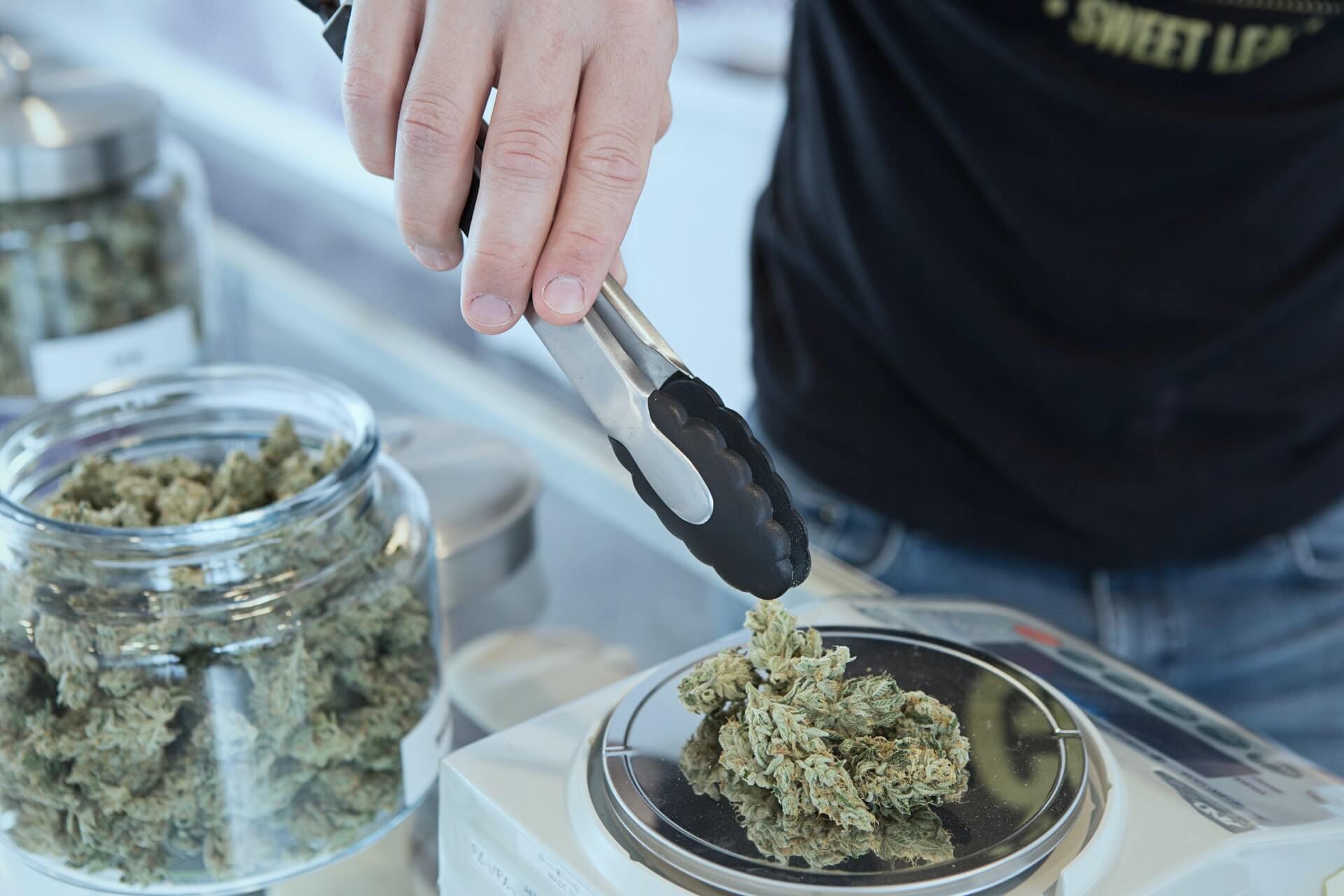
Cannabis is a highly regulated industry. Failure to follow these rules puts your business at risk. Thus, every member of your distribution team needs to understand cannabis laws, like purchase limits and the importance of compliance. And you should write your marijuana dispensary daily retail operations and review and update them regularly to ensure all employees understand the process. To comply with the store but the rules in writing and then follow them.
Step 9: Recruitment
Hire qualified dispensary employees

The success of your recreational retail and medical marijuana retail stores depends on your staff to generate revenue in the first few months after opening your dispensary. After 4 months, you need to review and retain dedicated employees. Make sure you have good employees and discourage change.
Divide into appropriate roles
General manager
The general manager is the person who oversees your daily retail store operations in Step 8 and ensures compliance with state reporting. In addition, they are also involved in the hiring and training process of employees. General managers then evaluate, recommend, promote, and manage your employees consistently and effectively.
Compliance manager
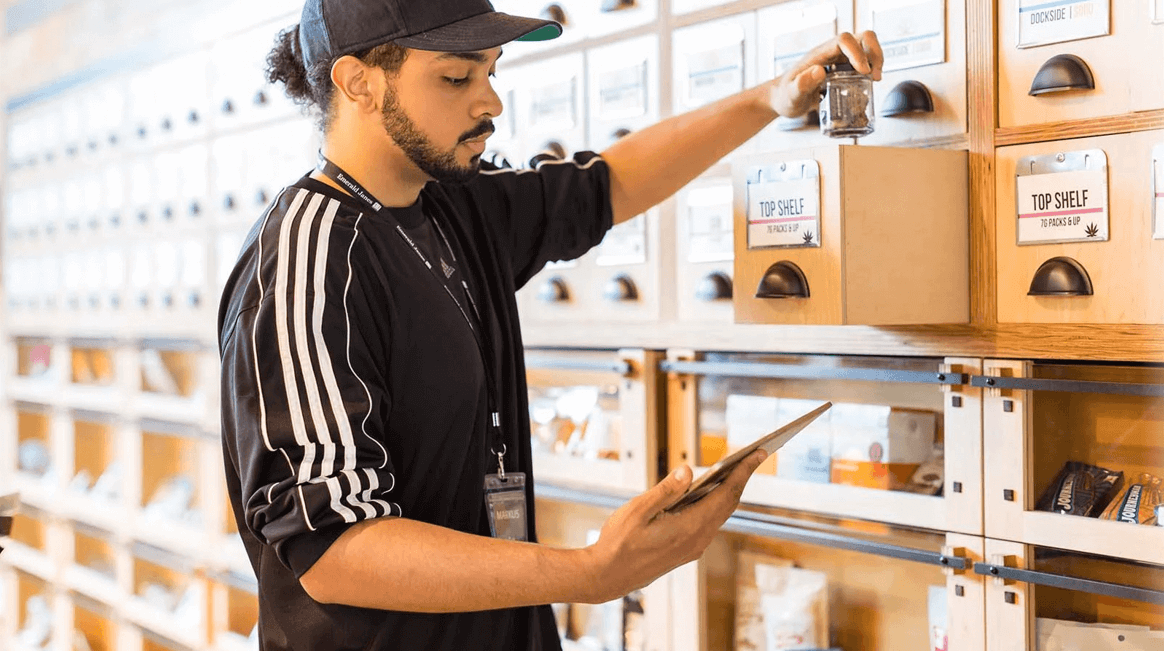
Compliance manager is the person who ensures that all regulations relating to the operation of the cannabis dispensary are followed. Therefore, they pay attention to the regulation and its changes. In addition, the compliance manager trains your employees to follow the process.
Receptionist or greeter
The receptionist or greeter is the person who greets customers and makes the first impression of your dispensary. Furthermore, they’ll check the customer’s identification to verify their age.
Security
Security is the one who protects the safety and security of your dispensary, employees, and customers. With some minor dispensaries, they can also be the receptionist. However, some customers aren’t used to seeing security personnel in stores. So make sure your security staff is welcoming and friendly.
Sales associate or budtender

The sales associate or budtender is the face of your dispensary and essential to your retailer’s success. As such, they should have a genuine passion for cannabis and customer support and must be educated about compliance and the law.
Inventory manager
Inventory manager is the person responsible for inventory management and audit. Therefore, it plays a vital role in implementing regulations around cannabis inventories.
Vendor or purchasing manager
Vendor or purchasing manager is the person responsible for negotiating and making contracts with suppliers. It’s a valuable role because you’ll often have multiple providers. However, sometimes this is the role of the general manager or supplier alone.
IT staff

IT staff are software developers and IT managers. In addition, they capture new software trends and advise you significantly as your business expands from offline to online. However, if you don’t want to build your team or hire too tricky, you can find reputable agencies or technology partners to operate and maintain your website.
Consider good benefits for employees
The key to retaining dispensary employees is to treat them well and pay them fairly. You might also consider benefits like commissions, employee discounts, parking fees, travel assistance, paid vacations, or even stock. If your employees feel cared for and have room for growth, they will stay engaged.
Step 10: Marketing
Identify unique selling points

To define an effective marketing strategy, you must know what makes your dispensary competitive. It could be price or other things. Others direct their advertising to a more mature and affluent audience. They are long-term customers and come for quality, service, and consistency. For example, some stores allow your customers to look at each type and smell it before deciding which one to buy. Others are interested in a licensed representative. All of those factors can create more unique buying experiences.
Choose marketing methods

Your target market will determine your marketing choices. However, there are a few things required to market a new dispensary. For example, you must post on the most popular local apps that allow patients to search for dispensaries in their areas. Alternatively; if you have more budget, you can place a billboard on the street or contact the ad in a local magazine. It’s essential to check the dispensary marketing regulations in your area as some states still restrict advertising of marijuana through billboards, radio, or TV. But, pay attention to some restricts:
- Don’t place any billboards within 15 miles of the state border on the Interstate
- Don’t feature any minors in your ad
- Don’t use any images such as cartoon characters that may attract children
Take advantage of social media and free viral
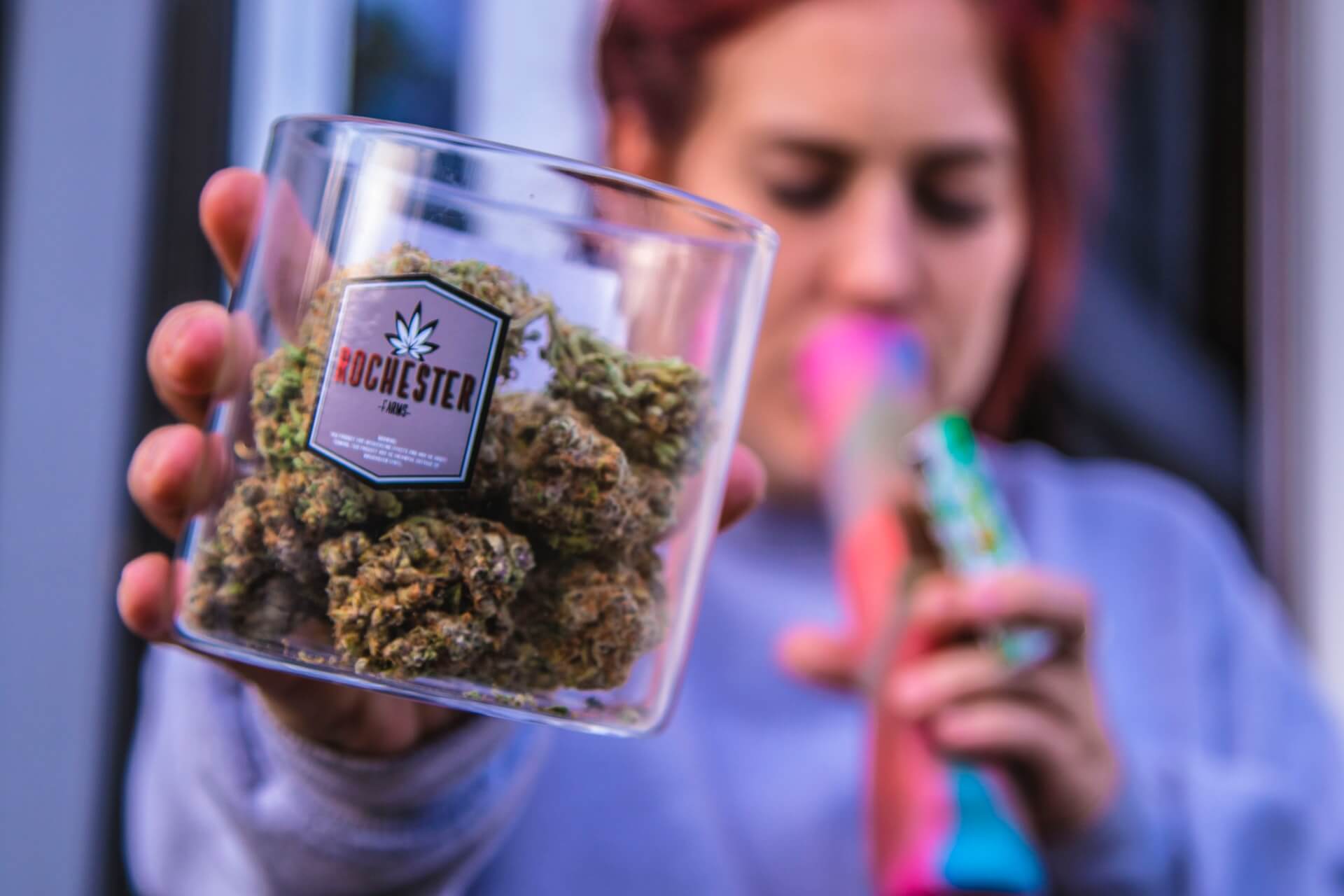
You should market through social media accounts like Instagram for small and newly opened dispensaries. Another way is to encourage your customers to leave reviews on Google. Many dispensaries use loyalty programs for word-of-mouth marketing. Some even offer in-store credit to customers when they refer a new customer. All of these will make the business successful and profitable. Some advertising restrictions you need to be aware of:
- Make sure that your audience is over 21 years old
- Don’t make any freebies, including buy one, get one free (BOGO) and contests
Related questions
How much does it cost to open a dispensary?
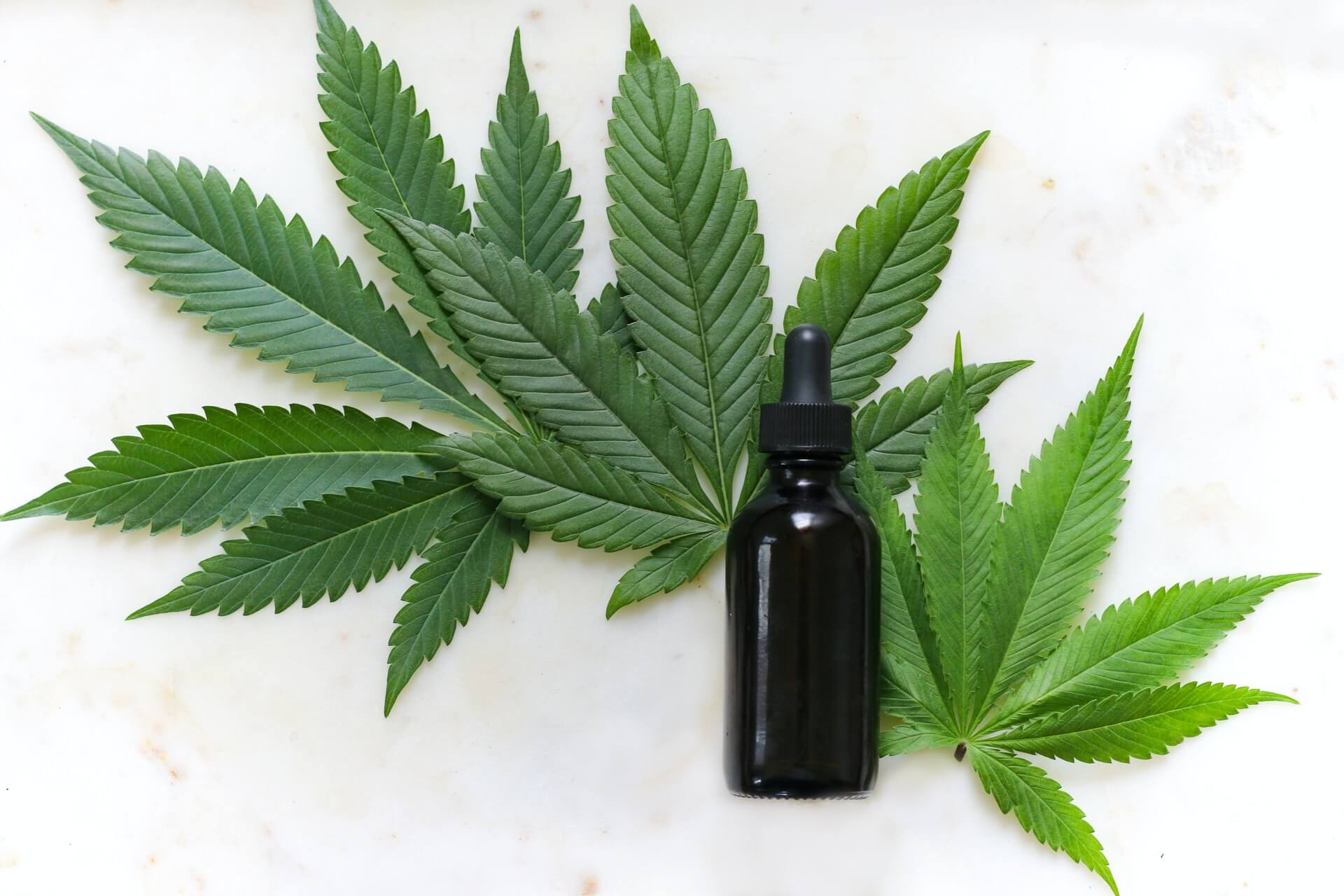
To open a dispensary costs $10,000–$66,000 for licensing fees. In addition, all cannabis businesses must pay a $500,000/year fee for substance abuse disorder programs. In addition, there are taxes such as 6% sales tax and an additional 10% tax on recreational cannabis. Finally, operating costs are expensive, including rental costs, hardware and software fees, electricity and water charges, and staff salaries.
How much does a dispensary owner make?
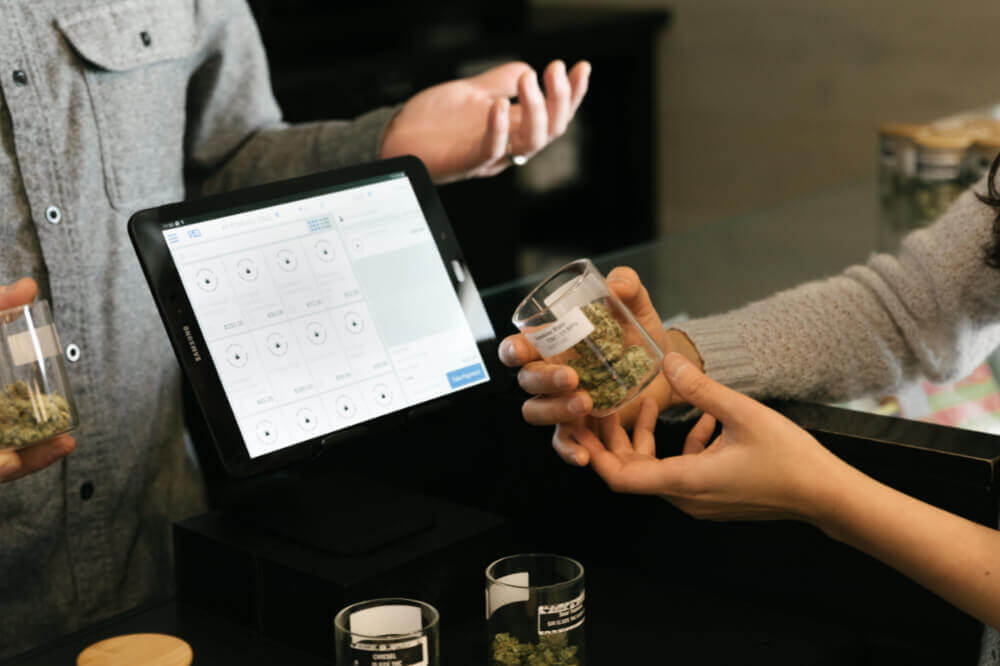
A dispensary owner makes an average of $400,000–900,000 per year. Daily’s Marijuana Business reports that the average marijuana dispensaries revenue is $974 per square foot of space. However, the amount of money that dispensary owners make depends heavily on the business model. For example, you can buy a franchise to reduce start-ups starting a dispensary from scratch and earn profits faster.
How many plants can you grow with a growers license?
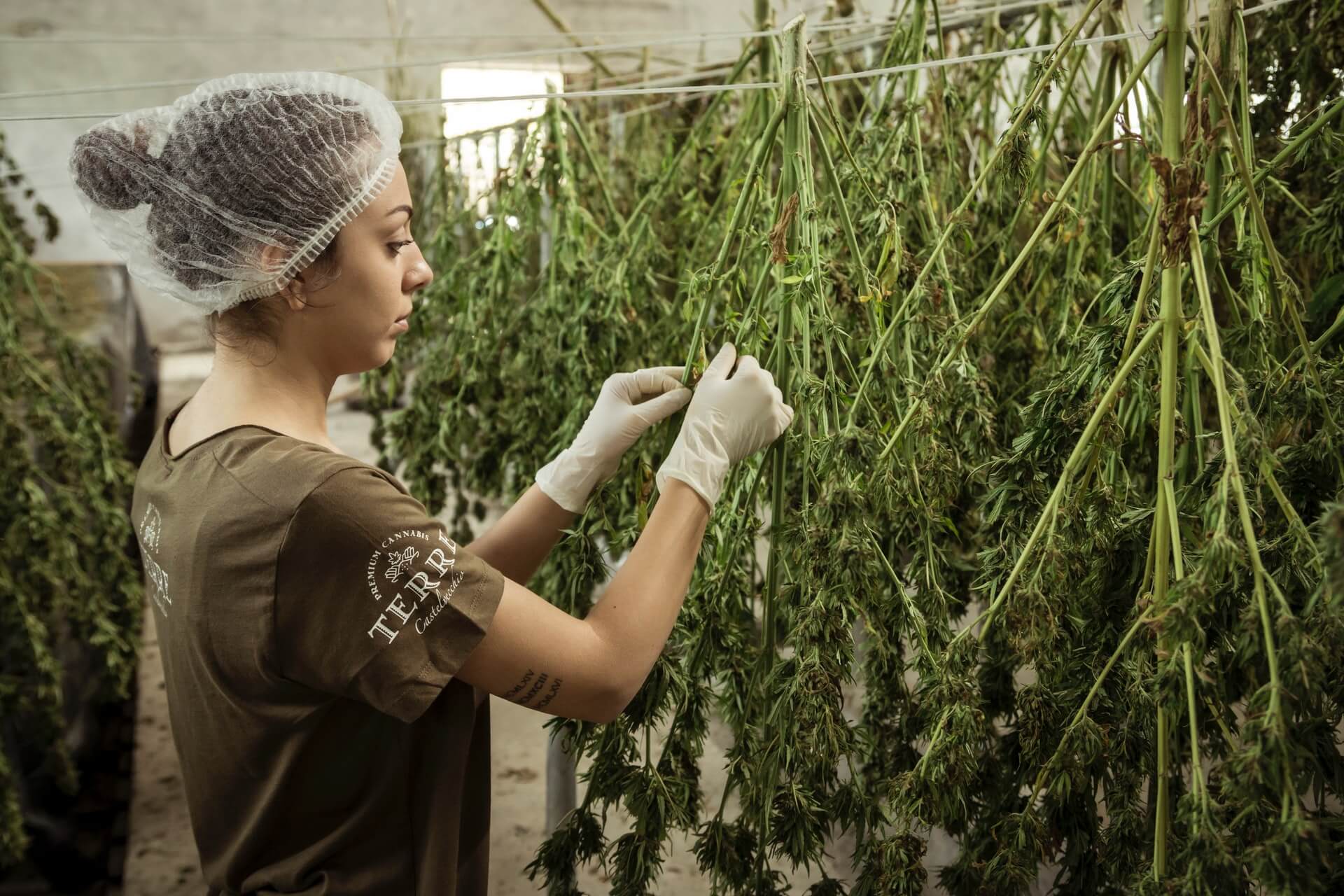
You can grow about 500–2,000 plants with a growers license. In total, a grower can take more than one license for a total of 19,500 plants/per location and depending on license class. Each of which has its limits:
- Class A: 500 plants
- Class B: 1,000 plants
- Class C: 1,500 plants
Final thoughts
That is all! You learned how to open a dispensary, tackle critical challenges, and manage a new cannabis business. If you have specific areas of interest, you can follow the specific instructions in the article. It’s a business that takes a lot of time and effort before it becomes profitable. Thus, you must take it seriously. In addition, opening a dispensary requires careful compliance with legal regulations and significant initial capital. Finally, with cannabis laws constantly changing, it’s crucial to stay up-to-date, even after you’ve opened your dispensary, to make sure you’re operating safely and legally.

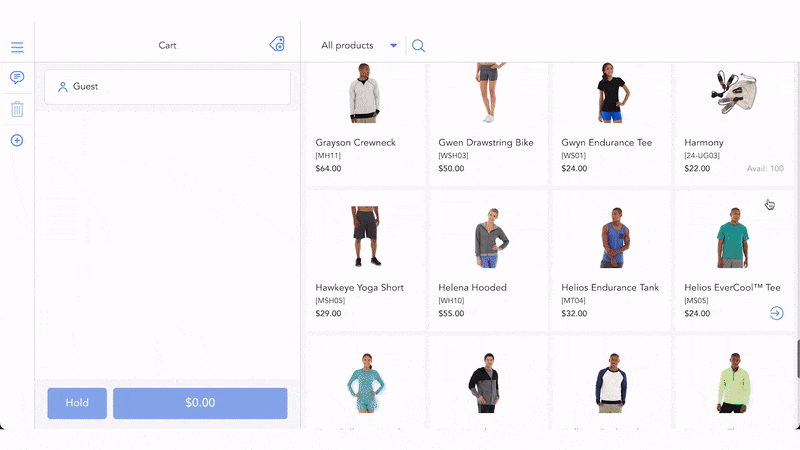

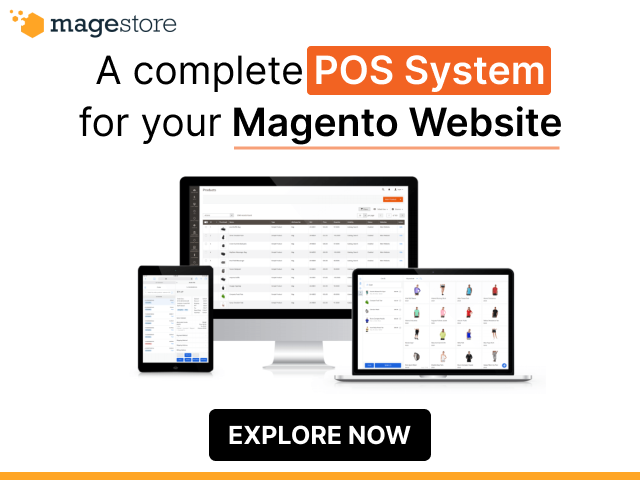

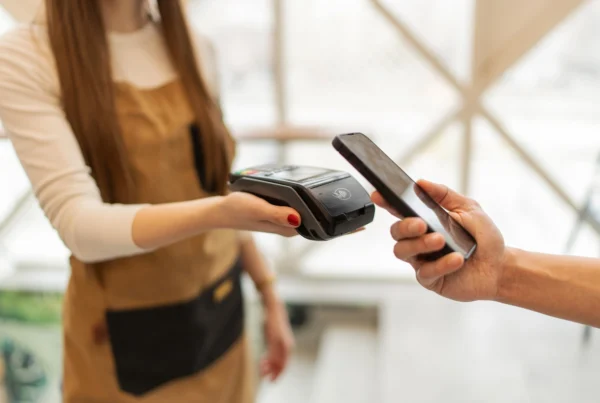






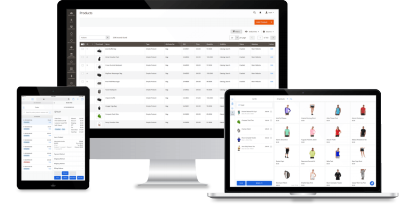

This comprehensive guide on how to open a dispensary provides valuable insights into the complex process of starting a cannabis business. The step-by-step approach, starting from understanding the market and legal requirements to obtaining licenses and registering the business, is presented in a clear and organized manner. The inclusion of budget considerations and practical tips for navigating regulatory compliance adds depth to the discussion, making it easier for newcomers to grasp the challenges and opportunities in the industry. Overall, this article serves as a helpful resource for anyone aspiring to enter the cannabis market, offering essential information and guidance to kickstart their journey with confidence. Great job on breaking down such a complex topic into manageable steps and providing valuable insights for beginners!
Marijuana business is booming lately. This is a great guide for people planning to open a dispensary.
This article did a great job explaining how to open a dispensary in a way that makes a really hard process feel more understandable. I didn’t realize how many steps and rules there were, like needing special licenses, following tax laws, and even how important the business plan is. It helped me see that opening a cannabis store is not just about selling a product—it’s about being careful, smart, and legal. I liked how the article broke everything down clearly, and it made me feel inspired and more confident about the idea. Great job sharing something so helpful and detailed!
Those who are planning to open a dispensary business should read this.
Thank you so much for this clear and detailed article about how to open a cannabis dispensary! It really helped me understand all the steps involved, from making a business plan to getting the right licenses. I didn’t realize how complicated it is with all the laws, fees, and rules to follow, but your guide made it easier to see what to expect. I especially liked how you explained the importance of knowing the laws and the costs because that’s something many people don’t think about. This article made me feel more confident about what it takes to start a cannabis business, and I appreciate the effort you put into breaking it down so simply. Great job!